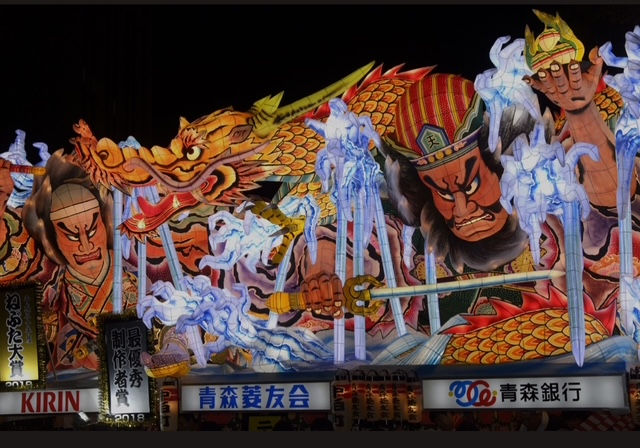The history of Japan’s cherry blossom festivals
- Phillip Radcliffe
- Apr 12, 2021
- 3 min read

(Japanese translation below)
Japan has the culture of Hanami. Its cherry blossom viewing history is very old. Cherry blossoms were written about for the first time in Japanese history in one of Japan’s oldest history books titled Kojiki. At that time it was thought that there was a god of cherry blossoms in Japan. The god was a guardian deity who was beautiful but who died young, just like a cherry blossoms.
The expression of cherry blossom viewing was clearly founded in the oldest existing collection of Japanese poetry called Manyoushu books from the Nara period. During the Nara period (710 to 794) it was thought that the god of the rice crop descended from the mountain when cherry blossoms bloomed. The time of cherry blossoms was said to be the time for rice planting. At that time, the Emperor held a cherry blossom viewing event every year. Hanami was very popular among aristocrats.
Hanami became more common after the Kamakura period (1185-1333). In the past, Hanami was enjoyed only by the aristocracy, but it gradually spread to Samurai and then to the general population. However, there is evidence that the nobility enjoyed Hanami like an elegant party, but the common people enjoyed it like a crazy party under the cherry blossoms.
The custom of hanami spread during the Aduchi-Momoyama period (1573 to 1600). A Hanami festival sponsored by Hideyoshi Toyotomi was held in Yoshino, Nara. The festival was enjoyed by about 5,000 people over five days. At that time they also ate steamed dumplings called hanami-dango. It can be clearly seen that Japan has had a culture rooted in cherry blossoms since ancient times.
The reason that Japanese people love the culture of cherry blossoms so much is because it’s related to the spirituality of the Japanese people. Cherry blossoms are inconspicuous when you see only one flower, but when there are many together the cherry blossoms show their presence. This is just like Japan's national character itself where harmony is respected over individualism. Additionally, the Japanese feel the beauty in the momentary existence that is a cherry blossoms’ life.
From ancient to modern times, cherry blossoms have been loved because cherry blossoms are very similar to Japan's national character.
日本の桜祭りの歴史
森岡 潮音
日本には花見の文化があります。その歴史は古く、歴史上初めて桜の記録があるのは日本最古の書物、古事記にあります。その時代には桜の神がいるとされていました。その神は富士山の守護神であり、美人であり、寿命があり、若くして死にます。その姿はまるで桜の木のようです。
そして、桜という言葉がはっきり出てきたのが奈良時代の万葉集です。奈良時代には、桜の花が咲くということは田んぼの神様が山から降りて来ると考えられていました。当時は桜の咲く頃が田植えの時期とされていたようです。その頃、天皇主催の花見が毎年行われました。貴族の間で花見が大人気でした。
鎌倉時代以降には花見が一般化します。貴族階級だけで行われていた花見は徐々に武士や一般層にも広がりました。その証拠として吉田兼好著の『徒然草』には「貴族は桜を上品に楽しむが、田舎者は桜の木の下でどんちゃん騒ぎをしている」と記されています。
安土桃山時代には花見の規模が拡大しました。豊臣秀吉が花見会を主宰して五日間で五千人が楽しみました。この時、参加者が食べたのが花見だんごでした。このように古くから日本では桜の文化があります。なぜ現代でも桜の文化が愛されるのでしょうか?そこには日本人の精神性とも関係しています。
桜は花をひとつだけ見ると目立たないですが、たくさんあると存在感を発揮します。まさに個よりも調和を重んじる日本の国民性そのものです。そして桜の命の儚さにも日本人は美しさを感じているのだと思います。古くから現代でも、いまだに桜が愛されている理由は桜と日本の国民性が似ているかなのですね。



